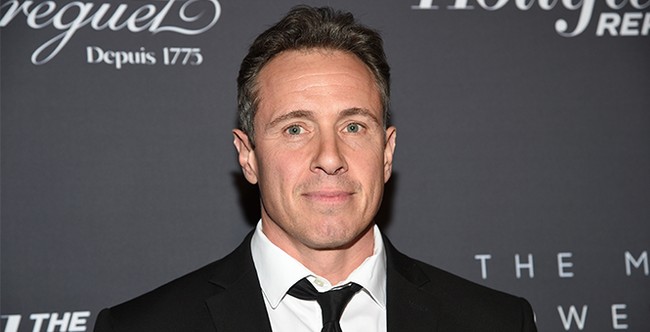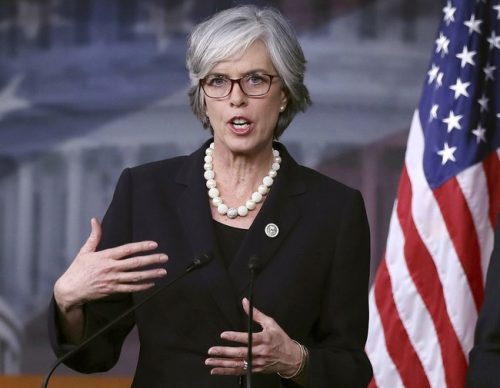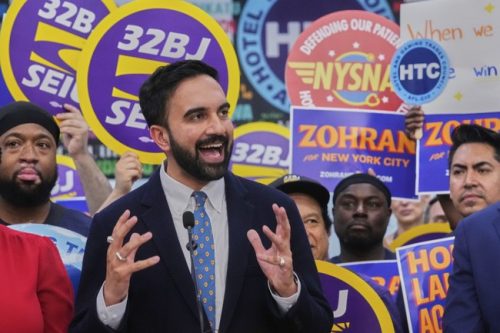Chris Cuomo tore into a Democratic talking point about the so-called Schumer Shutdown, exposing an inconsistency that even a longtime liberal commentator couldn’t ignore. The GOP offered a clean, seven-week continuing resolution at Biden-era spending levels with no added policy riders, yet Democrats insisted it was not clean. That contradiction traces back to Senate maneuvering and mixed messaging from Democratic leaders, and it has real political consequences as voters assign blame. This piece walks through the talking point, the actual bill, and why Republicans see the political momentum shifting their way.
On television, Cuomo pulled apart the Democrats’ line that the GOP proposal was somehow poisoned. He walked through clips and statements that undermined the narrative Democrats were selling to the public, and he did it in a way that made the talking point look weak. For folks paying attention, the segment made a simple point: words from Democratic leaders undercut their later claims.
At the center of the fight was a straightforward legislative move: a seven-week continuing resolution to keep the government open while Congress finishes 12 appropriations bills. That short-term stopgap was written to preserve current spending levels set during the Biden administration and to buy time for negotiations. It also included a mechanism to address expiring Obamacare premium subsidies set to lapse in December, which was framed as a routine fiscal fix rather than a partisan victory.
Chris Cuomo PROVES Hakeem Jeffries is LYING about Democrats reason for the shutdown. pic.twitter.com/tnlDTZsKmD
— Mila Joy (@MilaLovesJoe) October 2, 2025
Democrats tried to characterize the GOP text as riddled with secret policy changes or “poison pills,” but the bill on the table did not contain the sweeping rewrites they described. Republicans repeatedly pointed out the plain language: no new major policy shifts, no sweeping riders, and a predictable funding window that leaves real choices to Congress. Framing the CR as illegitimate therefore depended on accepting a narrative rather than reading the actual measure.
Complicating the matter was the behavior of Senate Majority Leader Chuck Schumer, who earlier in the year cast votes that intersected with this matter and staked out a position he later abandoned. He had supported a version of the spending approach months earlier and then opposed the same structure when it was politically convenient. That flip fueled the argument that Democratic objections were political theater, not policy-based disagreement.
House Minority Leader Hakeem Jeffries and other Democrats leaned on their talking points aggressively, insisting the GOP offering was not a simple continuing resolution and pointing to selected phrases and strategic framing. But when those snippets were pulled together on Cuomo’s show they looked less like evidence and more like spin. The montage showed a pattern where public claims did not line up neatly with prior votes and statements.
From a Republican viewpoint, the episode showed two things: first, the GOP offered a credible, clean path to avoid a shutdown; second, Democratic leadership preferred to score political points and shift blame rather than negotiate in good faith. That posture has consequences. Voters watching from the sidelines can see when a party doubles down on messaging over results, and many are beginning to assign responsibility for the disruption where it belongs.
Political dynamics matter in these fights, and the optics of responsibility are often decisive. When a simple fiscal tool that keeps the lights on is labeled illegitimate, voters ask why. The longer Democrats insist the CR is poisoned while evidence points the other way, the longer they risk appearing obstructionist rather than constructive.
Cuomo’s segment was notable because it wasn’t partisan theater from the right; it was a factual unpacking from a former mainstream host that left the Democratic line looking thin. For Republicans, the clip reinforced the claim that the GOP was offering a mainstream, transitional solution and that the opposition’s complaints were more about scoring points than solving the problem. That line of critique is resonating with more voters as the stalemate drags on.
As negotiations continue, the arithmetic and the messaging will both matter. A clean, temporary funding bill gives lawmakers breathing room to finish appropriations and settle technical issues like expiring health care subsidies. Meanwhile, the political fallout from inconsistent statements and tactical reversals will shape how this episode is remembered by voters and judged in the next election cycle.






